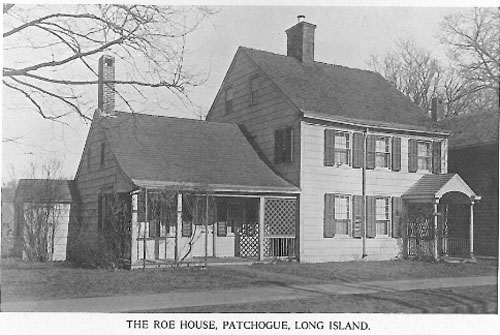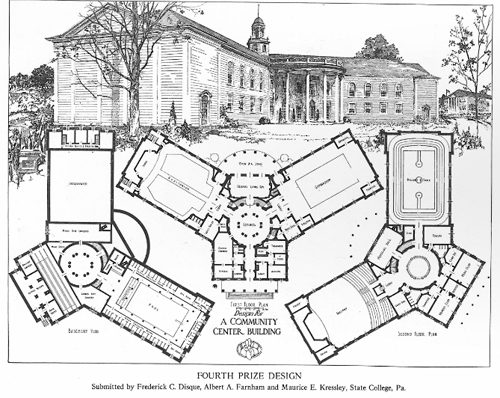Architect Wesley S. Bessel clearly didn’t think much of contemporary architecture back in 1916, calling it “a conglomerate mass of uninteresting work.” In fact, Bessel wrote in this issue of the White Pine Series of Architectural Monographs, “Why this unfortunate development should have been permitted to take place when so many examples of the best of our seventeenth and eighteenth century dwellings remain all about us for our guidance and emulation is a source of wonderment to all thinking persons.”
Volume II, Issue V of the Monographs delves into the colonial architecture of Old Woodbury and adjacent areas of Connecticut. Bessel credits ‘Revolutionary spirit’ for the dignified and inspired buildings of this particular time and place. Located along the Post Road in the Northeast, an important travel route, Woodbury is home to houses that are modest, yet well-thought-out and built to the highest standards of craftsmanship.
Though many modern homes were, by 1916, quickly and shoddily built with little care for a cohesive architectural style, there was somewhat of a revival of the colonial ways. “There is aversion to a consideration of those subtle qualities which produced the many homes of past centuries that possess a charm that age alone cannot give, but which is the result of that true art of the Colonial builders whose lives were expressed in the design of their dwellings.”
Read more at the White Pine Monograph Library.


























